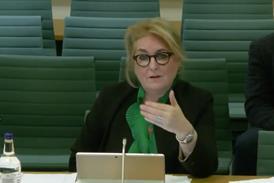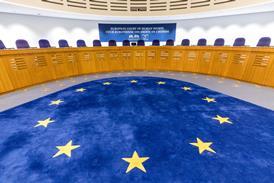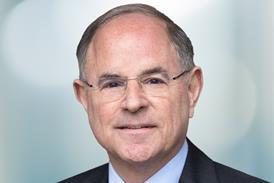The High Court has ruled that a successful claimant should receive the benefits of beating his settlement offer after ruling a 90% proposal was reasonable.
Lawyers acting for the claimant in JMX (A child by his mother and litigant friend, FMX) v Norfolk and Norwich Hospitals NHS Foundation Trust had made a Part 36 offer three weeks before last October’s trial accepting 90% of the damages.
The offer was not accepted and The Honourable Mr Justice Foskett found in favour of the claimant at trial. The claimant, represented by East Anglia firm Ashtons Legal, then sought to invoke civil procedure rules on the basis he had achieved an outcome at least as advantageous as his Part 36 offer.
The defendant, represented by national firm Kennedys, argued that the claimant should receive no costs benefits because the offer was not a ‘genuine attempt’ to settle the case. Lawyers said that just a 10% reduction was not a realistic assessment of the risks of the litigation and the reasons for the figure were not explained.
Foskett said this argument was unlikely to ever succeed as the risks of litigation were invariably perceived differently by opposing parties.
The judge accepted the claimant’s submission that he was effectively being asked to embark on a mini-trial, after the trial, to consider how the case would have looked to the claimant before making their offer.
Foskett added: ‘When an offer to accept 90% is made in a case such as this, I would regard it as a case where the claimant’s team regard the claim as very strong, but is prepared to offer a modest discount to secure absolute certainty of obtaining substantial compensation.’
If he agreed with the defendant, the judge said, it would have the effect that a 90% settlement attempt would be unlikely in future: no party would offer it and no recipient would ever agree to it. He added that 10% of what was likely to be a claim worth several million pounds was still ‘very significant’.
The claimant is entitled to his costs after the Part 36 offer expired as well as interest on those costs at 5% above base rate.

























15 Readers' comments